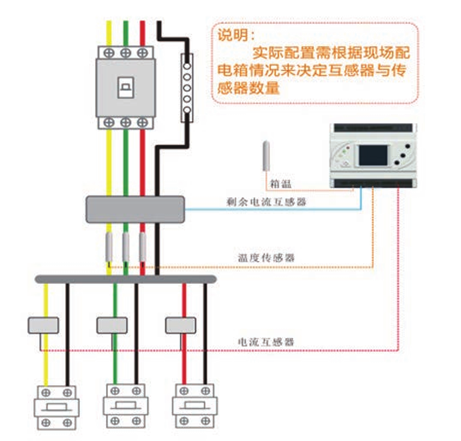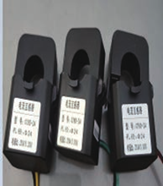Low-voltage Testing Unit (LTU)
The low-voltage sensor is mainly installed on the low-voltage outlet cable of the opening and closing station, ring main unit, and low-voltage chamber of the box transformer, which can realize the collection and monitoring of voltage, current, active power, reactive power, and temperature on the low-voltage 400V branch line, and has the function of line fault alarm and indication.
Key Features
- Integrated protection and measurement and low power consumption design, electrical isolation of main circuit from phase voltage input and working power supply, high reliability and adaptability.
- Current measurement adopts independent current transformers for protection and current transformers for measurement: current transformers for protection are used to measure the fault current of the line and to realize the line fault detection function, while current transformers for measurement are used to measure the load current, active power, and reactive power of the line. It has the calculation functions of phase voltage, phase measurement current, phase active power, phase reactive power, temperature and phase protection current of the line.
- Real-time measurement: wide-range sampling, high linearity, strong overload capability, real-time monitoring of current, voltage, power, power factor, etc.
- Status monitoring: it has the functions of monitoring short circuit, power outage and power feed, etc.; phase voltage/no voltage detection function; phase fault indication function, the state is maintained after fault indication action until cleared by reversion key.
- Temperature measurement: it can measure the contact temperature.
- Backup power supply: adopt super capacitor as backup power supply. After power failure, it can persist for more than 5 minutes to ensure that the information will be sent up.



